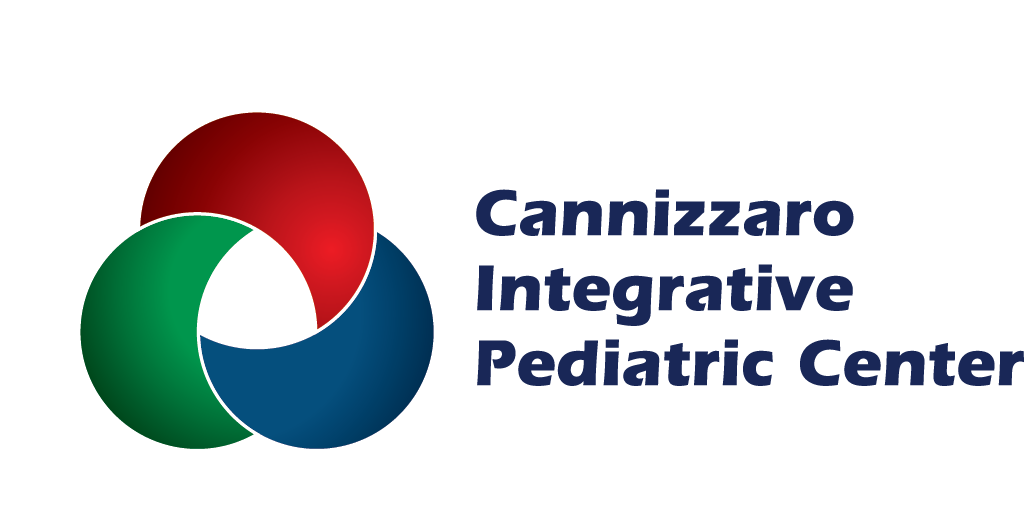
According to the National Eczema Association, over 30 million Americans are afflicted with eczema, or atopic dermatitis. It is an allergic inflammation of the skin, often beginning in infancy and appearing after a baby stops breastfeeding. The affected skin has raised, red eruptions that form scaling crusts with itching as a principle symptom. Eczema has a familial occurrence with long histories of allergies, asthma, and hay fever. It is an uncomfortable condition, especially for small children who want to scratch—which only makes it worse. More than half of cases clear up before the teen years, but it can be a long and frustrating journey to heal this condition, especially if one fails to look beneath the surface.
The Origins of Eczema
Eczema starts in the gut. This may seem counterintuitive since the disorder so obviously affects the skin. Gastrointestinal dysfunction has, in fact, been linked to a surprising number of conditions. This connection is likely related to a breach in the intestinal barrier and is often referred to as “leaky gut.” Simply stated, leaky gut occurs when the gut lining is compromised by infections and toxin exposures that cause the gut wall to open, allowing pathogens to enter the bloodstream.
A leaky gut cannot digest foods correctly, so undigested food particles also pass through the damaged gut lining. This is where food allergies start. The immune system sees the undigested food as an allergen and launches an antibody assault. Left untreated, the result can be systemic inflammatory and immune related symptoms. Food allergies and intolerances have been implicated in skin conditions like eczema.
In this compromised state, the body cannot eliminate toxic substances through normal processes (urine and stool) and excretes them through the skin instead. The symptoms associated with eczema (red, itching, scaling, cracking skin) signal the body’s attempt to detoxify itself in this manner. The resulting inflammation is the immune system’s mode of defending the body against infections and environmental toxin exposure.
Treating Eczema Below the Surface
When the root cause of a disease process is understood, it’s possible to address this cause and more successfully treat the underlying condition. When eczema is regarded as a rash to be treated with pharmaceutical drugs instead of a protocol of detoxification and proper nutrition to address gut imbalance, outcomes aren’t as successful—or lasting.
Even though the cause of eczema is internal, the typical treatment is a steroid ointment. The issue with this approach—whether it is a chemical irritating the skin or a food allergy—is that eczema recurs if the offending agent is not discovered and eliminated. Also, ongoing use of steroids can lead to internal absorption, thinning skin, and secondary infections.
Oftentimes the children we treat in our practice suffer from asthma, allergies, eczema and other comorbid conditions, which create a persistent inflammatory state in the body. In these cases, we apply a synergistic mix of healing factors: nutrition with dietary modifications, supplements, enhanced detoxification, and medications when necessary. We determine food intolerances, look for nutritional deficiencies, and analyze chemical exposures. Additionally, salt therapy has proven to be a safe and effective healing modality that helps clear eczema completely.
How Does Salt Therapy Help Heal Eczema?
In January 2018, our pediatric center became the newest location for The Salt Room® in Central Florida. Salt therapy is performed in this special spa-like room with salt-coated walls and floor, called a halochamber. Pharmaceutical-grade salt is pulverized into microscopic particles and pushed into the room by a halogenerator.
Salt therapy involves lounging in this cozy room and passively breathing in the particles while listening to soothing music, reading, or just relaxing in a zero-gravity chair. Toys are provided so children can play with the salt in the room, much like sand at the beach.
The salt particles enter the lungs through the nasal passages, accelerating mucus clearance and improving lung function while killing harmful bacteria and soothing the respiratory system. The antibacterial, anti-fungal, and anti-inflammatory properties of salt have been documented to help with symptoms of both respiratory and skin conditions.
How Salt Therapy Provides Relief for Eczema:
- Fortifies the skin’s protective barrier
- Stimulates microcirculation
- Reduces inflammation, redness and irritation
- Has antibacterial and anti-fungal effects
- Reduces IgE levels
- Helps normalize the skin’s pH balance
- Promotes healthy tissue regeneration
- Facilitates deeper penetration of skin care products
- Increases skin elasticity
- Cleans impacted follicles
- Promotes gentle exfoliation (cell turnover)
For those suffering from eczema, salt therapy works by activating multiple physiological processes in the body. On the outside of the body, the salt particles kill bacteria and fungi, reduce inflammation on the skin, and improve circulation on the skin surface. Salt calms the itchy rash and heals cracks, which restores the skin’s barrier against infections and allergens. The skin and respiratory tract are cleansed of allergens like pollen, dust, or smoke. Salt therapy also reduces stress and strengthens the body’s defense system. Salt therapy is clinically-proven, natural, safe, and beneficial for every age group.
Taking a holistic approach to eczema—identifying the underlying cause(s), applying the appropriate integrative protocol, and incorporating salt therapy—has yielded successful outcomes for our patients. This “beyond the surface” approach to a skin condition has proven to shorten the journey to lasting relief—with a side effect of smiles.
Our salt therapy website, where you can schedule a session: www.SaltRoomLongwood.com
Image Copyright: kwanchaichaiudom / 123RF Stock Photo





